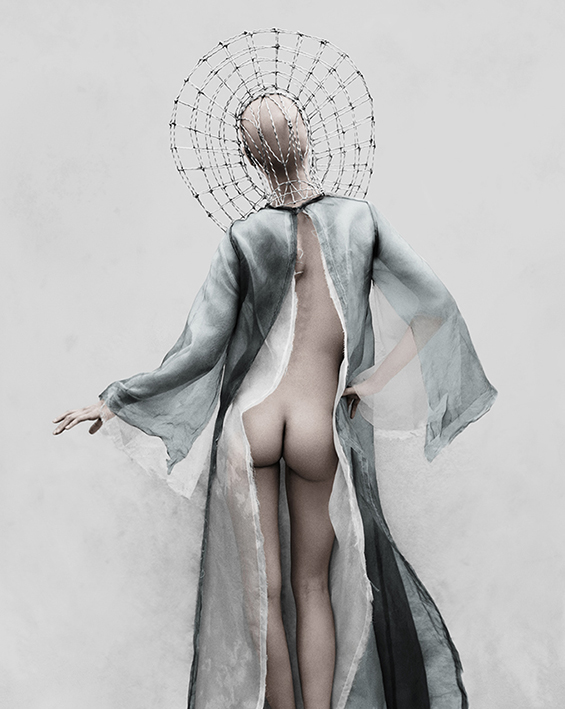The Better Bow
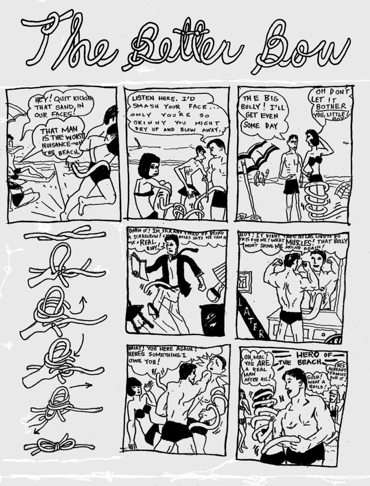
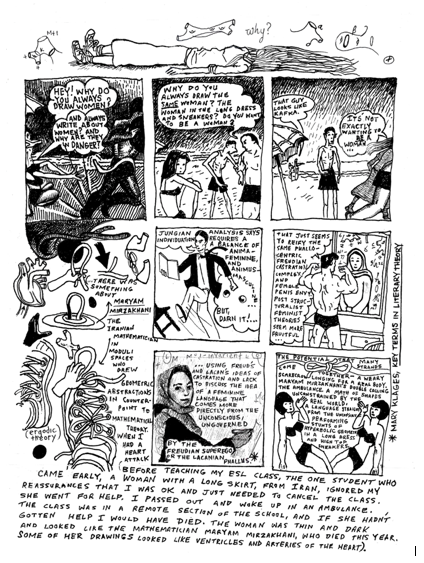

But the Better Bow was presenting its own unique problem. It occurred in the last stage, where the end of the lace is passed through the opening of the twice-wrapped loop before the final tug. You’d hoped that the problem would go away with more practice. It did not. The issue was this: the two wrapping moves had to be tight enough to hold, but open enough to admit the other end for the closing tug. This required a delicate coordination of finger-tip moves: holding together the double wrap while worming the last bow intact through the hole to secure the “pull-through” loop. But the laces you wore were black, so it was hard to see clearly into the dark hole and distinguish which part of the lace was the loop intended for pull-through, and which was the double wrapping lace itself.



And an archer split a tree
Al-waada!
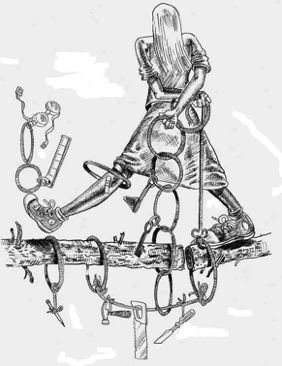
performing stunts of hyperbolic geometry in a long skirt and sneakers
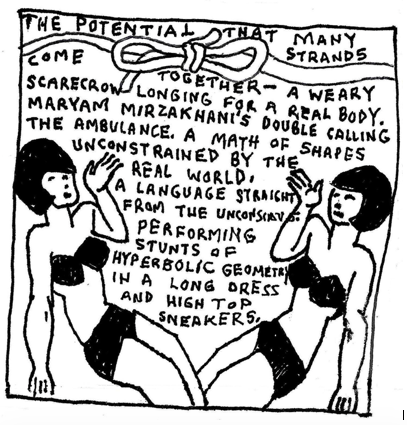
__________________________________________________________________________

